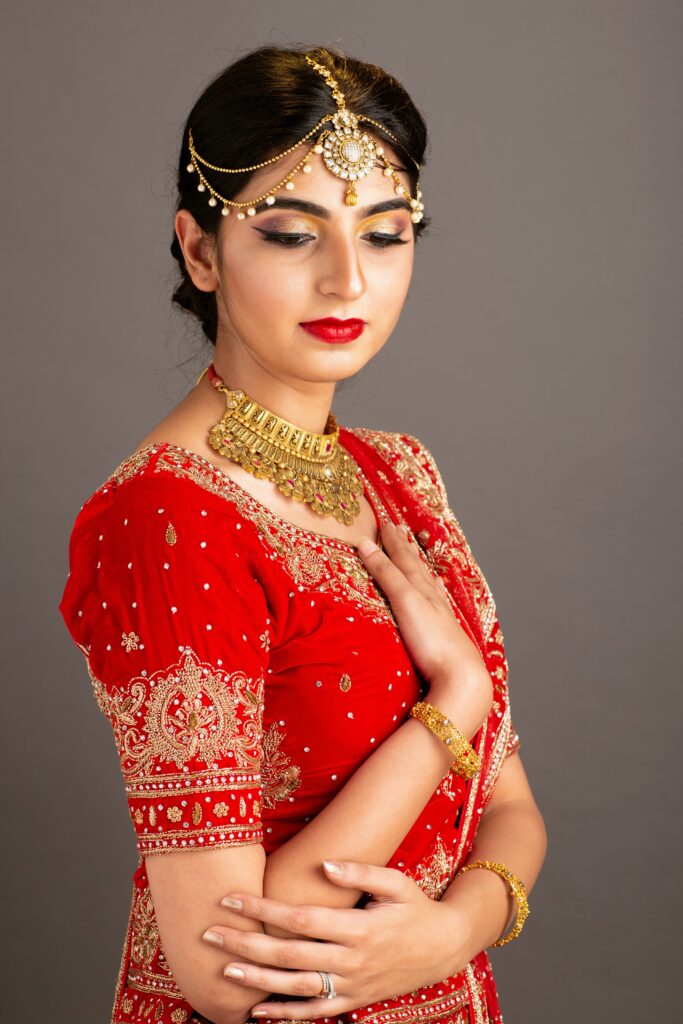- Bandar saree, also known as Machilipatnam saree, is a traditional handloom saree that originates from Machilipatnam town in Andhra Pradesh, India. These sarees are popular for their unique style and weaving technique, which involves weaving the cotton threads in a way that creates a translucent effect.
- Bandar sarees are typically made using lightweight cotton or silk-cotton blend yarns and feature intricate designs and motifs inspired by nature, such as flowers, leaves, and birds. They are also known for their vibrant colors and contrasting borders.
- These sarees have been a part of the local culture and economy of Machilipatnam for centuries and are considered a prized possession by many women in Andhra Pradesh.
There are several types of Bandar sarees that are woven in different styles and using different materials. Some of the popular types of Bandar sarees are:
- Kalamkari Bandar Sarees: These sarees are made using the traditional Kalamkari technique, which involves hand-painting or block-printing the designs on the fabric. They are known for their intricate designs and motifs inspired by mythology, nature, and folklore.
- Mangalagiri Bandar Sarees: These sarees are made using the Mangalagiri handloom technique, which involves weaving cotton fabric with a border made of silk or zari threads. They are known for their simple yet elegant designs and come in a variety of colors.
- Venkatagiri Bandar Sarees: These sarees are made using the Venkatagiri handloom technique, which involves weaving fine cotton fabric with a thin border made of silk or zari threads. They are known for their lightweight and airy feel and come in a range of pastel colors.
- Uppada Bandar Sarees: These sarees are made using a unique jamdani weaving technique, which involves weaving the fabric with extra weft threads to create intricate patterns and designs. They are known for their lightweight, silky texture and come in a range of colors and designs.
Each type of Bandar saree has its own unique characteristics and is a testament to the rich cultural heritage and craftsmanship of Andhra Pradesh.
Disclaimer: The content provided on Incredible Sarees’ blog is for informational purposes only. The information presented is based on our knowledge and understanding of sarees as of September 2023, and it may not reflect the latest trends, styles, or industry updates.
The blog posts on Incredible Sarees are intended to provide general information and guidance regarding sarees, including tips on styling, fabric types, draping techniques, and fashion advice. However, it is important to note that fashion trends are constantly evolving, and individual preferences may vary.
While we strive to ensure the accuracy and reliability of the information provided, Incredible Sarees cannot guarantee the completeness, timeliness, or accuracy of the content. Therefore, we advise readers to use their discretion and consult other reputable sources or professionals for specific recommendations and personalized advice.
Incredible Sarees’ blogs may contain external links to third-party websites or resources. These links are provided for convenience and do not imply endorsement or responsibility for the content or services offered on those websites.
The views and opinions expressed in the blog posts are those of the authors and do not necessarily reflect the views of Incredible Sarees as a whole.
Incredible Sarees reserves the right to modify, update, or remove any content on the blog without prior notice. We also reserve the right to change the focus, format, or content of the blog at any time.
By using the information provided on Incredible Sarees’ blog, you acknowledge and agree to the above disclaimer. We encourage readers to engage with us, share their feedback, and contribute to the discussions respectfully.
For any specific concerns or inquiries regarding the content on Incredible Sarees’ blog, please email us at [email protected]


